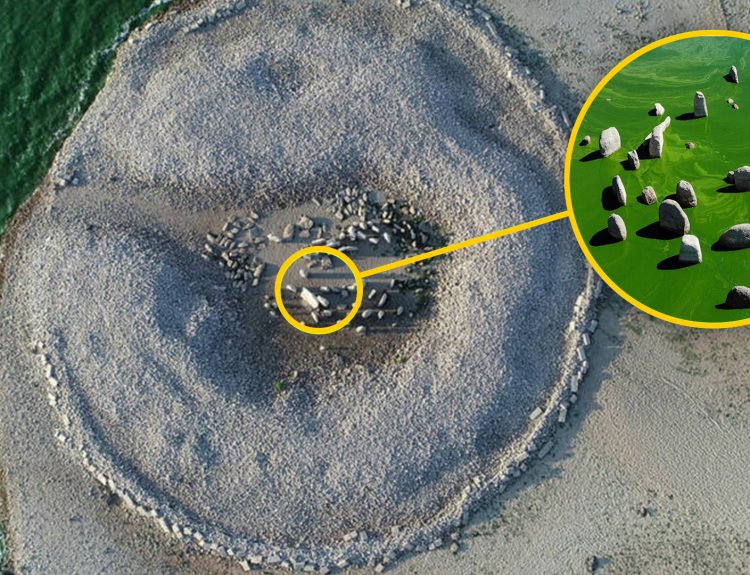A single, tiny prehistoric bead, measuring only 7 millimeters in length, was recently discovered at the La Prele Mammoth site in eastern Wyoming, where archaeologists and paleontologists have been excavating a camp where mammoths were butchered.
The 13,000-year-old bead may be tiny, but it represents the oldest bead ever found in the Americas and adds to our understanding of the Native American cultures in prehistory. For researchers, this little bead is a mammoth find.
A Prehistoric Mammoth Hunting Camp
The excavation site in Converse County, Wyoming, is located along the La Prele Creek. Here, archaeologists have been excavating a football-field-sized spot for more than a decade. The evidence and artifacts they have discovered tells them that this place was used as a long-time hunting camp for the ancient Clovis Culture people.

The main item of prey for the prehistoric hunters more than 13,000 years ago was the Columbian mammoth. The animals taken by the hunters were butchered and processed at the La Prele site.
Who Were the Ancient Clovis Culture People?
Researchers dubbed the prehistoric Native American culture that lived in North America during the Late Pleistocene era the “Clovis Culture” because artifacts from this group were first unearthed in the 1930s in Clovis, New Mexico. One of the first known inhabitants of the Americas, the Clovis people were nomadic and occupied a large territory.

One of the greatest achievements of the Clovis Culture people was their tool-making ability. They developed a unique fluted spear tip that allowed them to hunt such large animals as mammoths. Their tools and other artifacts that have been discovered tell us that these people were sophisticated, yet we still don’t know where they came from or what language they spoke.
Pushing Back the Timeline
According to archaeologist Spencer Pelton, most experts believe the Clovis Culture existed for a fairly short period of time, between about 13,050 and 12,750 years ago. But he added, “The early end of that range is likely an underestimate.”
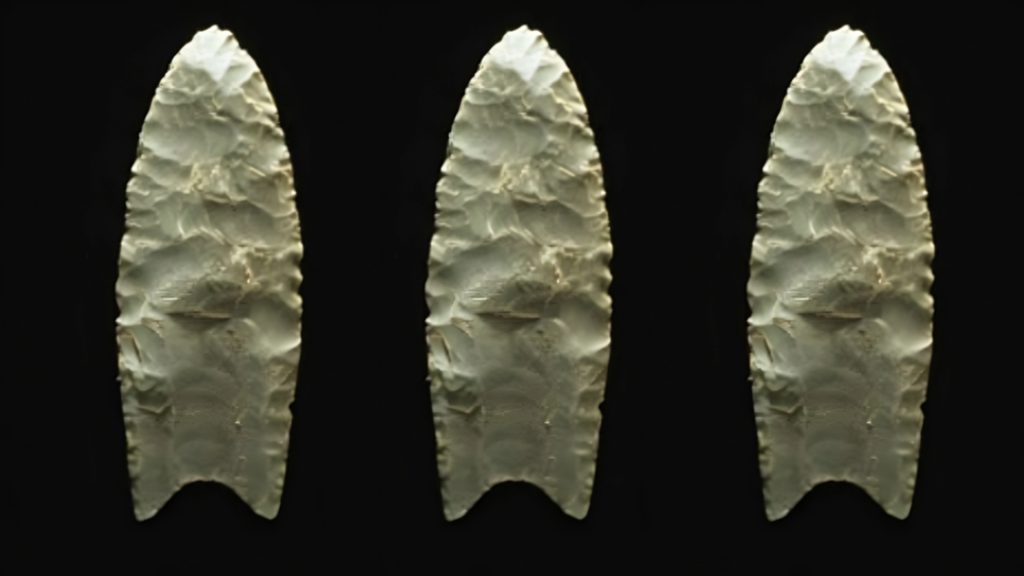
The La Prele Mammoth site, which has been dated to 13,500 years ago, is one example of the need to push back the timeline. “Others have noted that we probably haven’t and will never find the earliest Clovis sites because they are very rare,” Pelton explained. “Based on this notion and a couple of fairly old radiocarbon dates, some would push the origin back.”
Hunting the Columbian Mammoths
We do know that the Clovis Culture people were adept at hunting Columbian mammoths. These creatures were one of the largest of the mammoth species, reaching a shoulder height of more than 13 feet. Their curved tusks could reach 16 feet in length. The Columbian mammoths flourished in the grasslands of North America during the Pleistocene era, roughly 1.5 million to 10,000 years ago.

The Columbian mammoth takes its name from Christopher Columbus, although these animals had gone extinct long before the famed explorer set foot in North America. The mammoths were well-suited for the environment of the Pleistocene but could not adapt to climate changes that occurred at the end of this epoch. In addition, overhunting greatly reduced their populations.
Like a Needle in a Haystack
Finding a prehistoric bead as tiny as this one would be like finding a needle in a haystack, but the eagle-eyed researchers spotted it at a dig site just 36 feet away from the partial remains of a mammoth. The bead is tube-shaped and made of bone, but it wasn’t clear at first what type of bone was used.
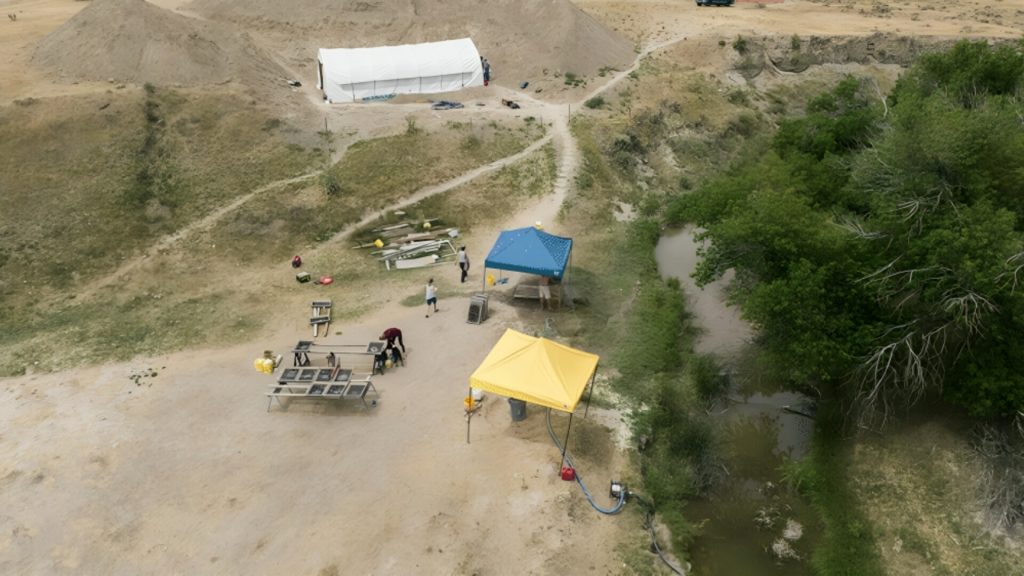
According to Todd Surovell, an archaeology professor at the University of Wyoming and the lead researcher on the dig, the researchers were able to extract collagen from the bead to match the protein with known animals. The result was groundbreaking.
State-Of-The-Art Analysis
The collagen that was gleaned from the bead was then analyzed using a state-of-the-art mass spectrometer to identify the key chemical substances in the protein. In addition, the research team also scanned the bead using a micro-CT scanning device which used X-rays to peer inside the object and create a slice-by-slice 3D image of it.
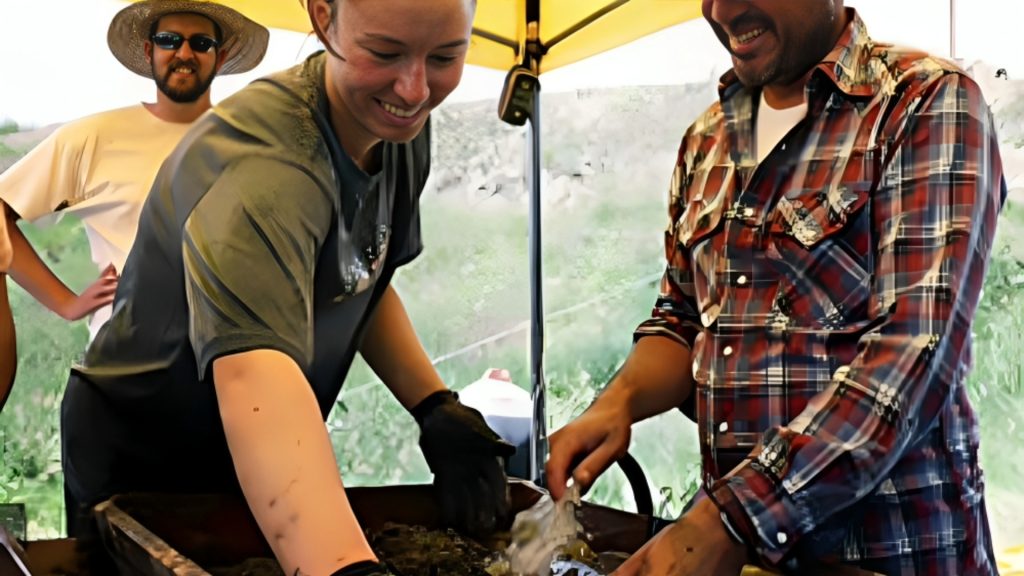
What they determined was that the tiny bead was made of bone from a hare. Why this is significant is that it offers definitive proof that the hares were hunted by the Clovis people and their bones used as a resource material.
Hares and Beads
Researchers have found evidence that prehistoric Native American cultures used hare bones for various uses, however this discovery marks the oldest evidence of this, as well as the only example dating to the Late Pleistocene epoch.
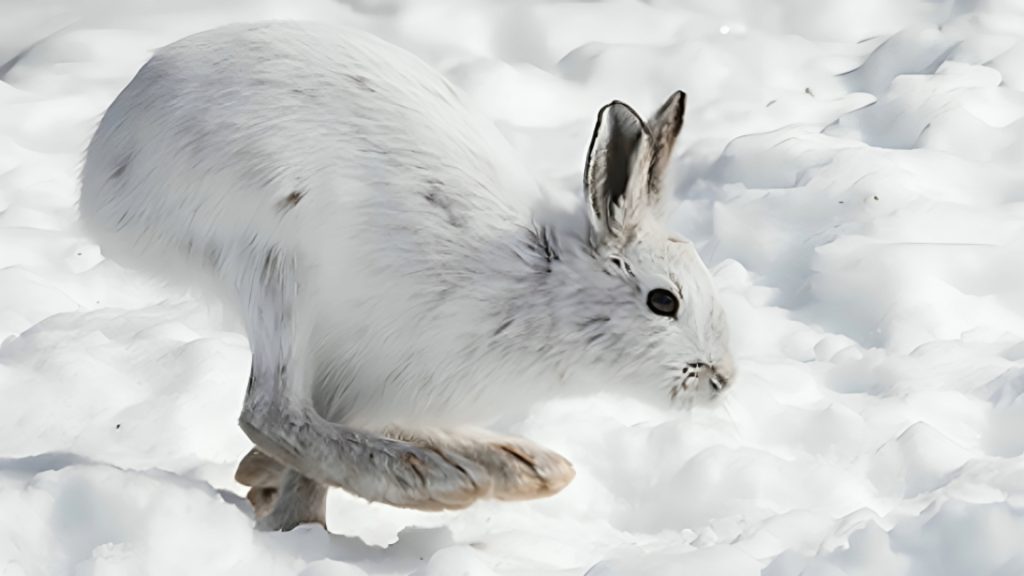
For researchers, the use of beads signifies that a culture has a higher level of sophistication and complexity. The reason for this is that beads are not necessary for survival. Rather, they are decorative objects that may have artistic, status, spiritual, or financial value.
The Significance of the Hare Bone
The research team was both surprised and delighted to learn that the bead was made from the bone of a hare. Pelton said, “The discovery that the bead is made from hare bone is, in some ways, more significant that finding the object itself.”

He continued, “Clovis sites are overwhelmingly associated with hunting big game like mammoths and bison, not jackrabbits and snowshoe hares. Determining that this bead was made from hare bone revises our conceptions about how Clovis spent their time hunting.”
The Oldest Bead in the Americas
The recently discovered hare bone bead has been dated to about 12,940 years ago making it the oldest bead yet to be discovered in all the Americas. In fact, Pelton and his team believe it is also the oldest ornamental object in the Americas …with one notable exception. Last year, researchers in central Brazil unearthed three 20,000-year-old pendants made from sloth bones.
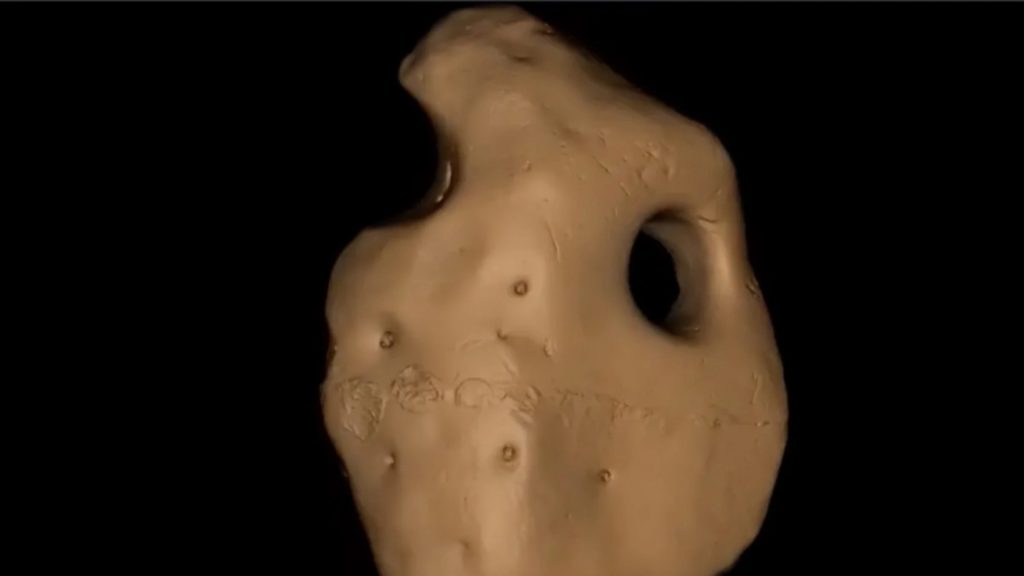
According to Pelton, “Given the age, context, and truly unique characteristics, we are skeptical that these objects are actually modified by humans. We think these finds deserve some further study before being declared either archaeological or definitive evidence for sloth bone beads predating the last glacial maximum.”
Why Did Ancient Native American Use Beads?
The use of beads may have been a practice that was handed from one culture to the next. As Pelton explained, “Archaeologists were pretty sure that the first North Americans made and wore beads because their ancestors in Asia definitely did starting as early as 35,000 years ago.”

He added, “We have beads from later time periods in North America. However, direct evidence for beads in the Clovis record had thus far eluded us prior to La Prele. This field discovery sealed the deal that Clovis foragers wore beads.”




